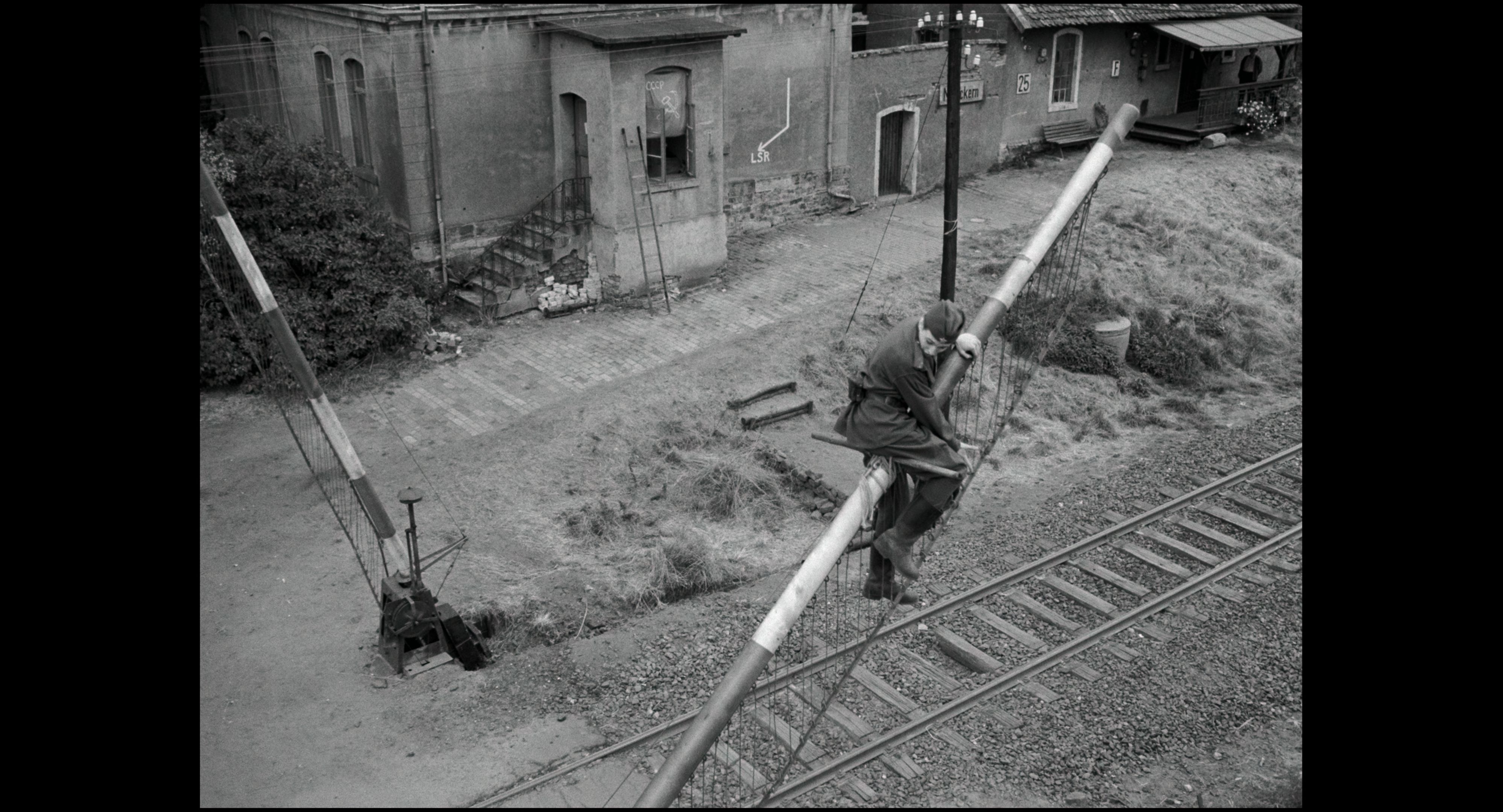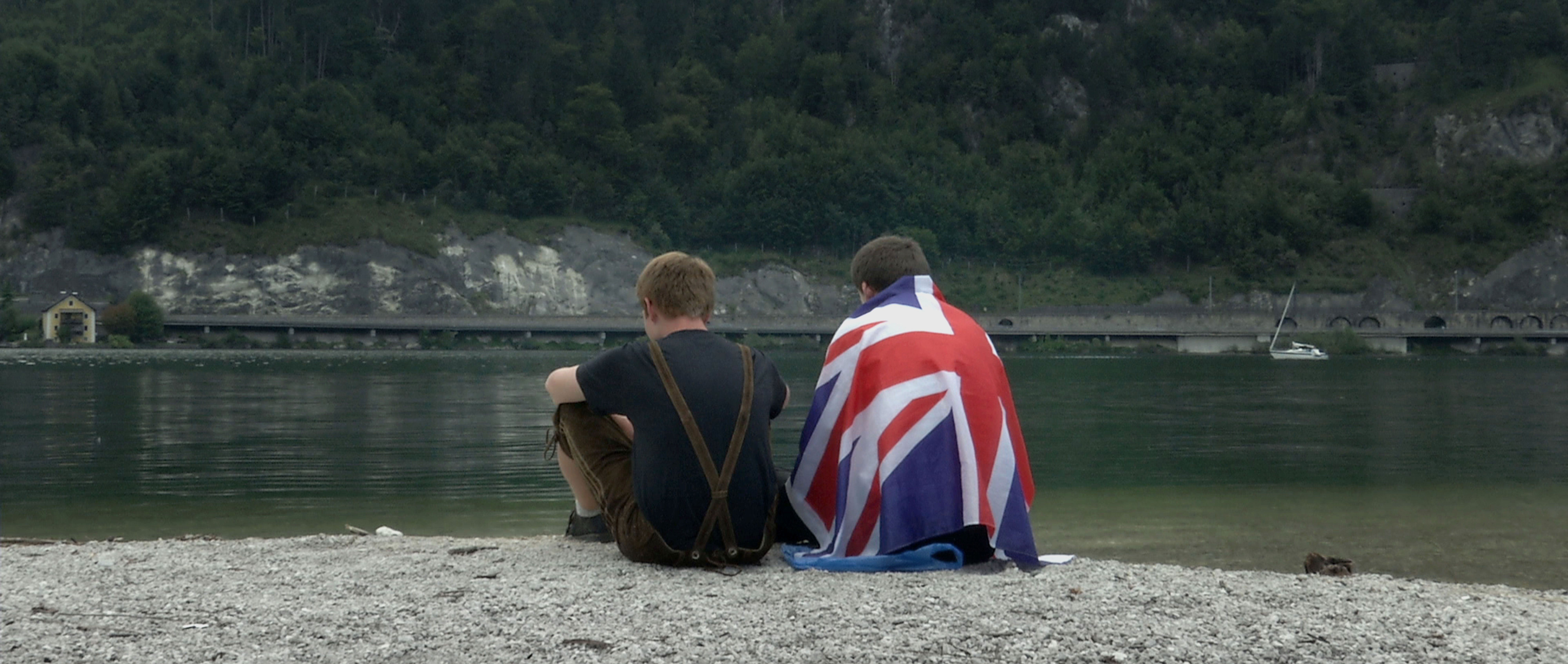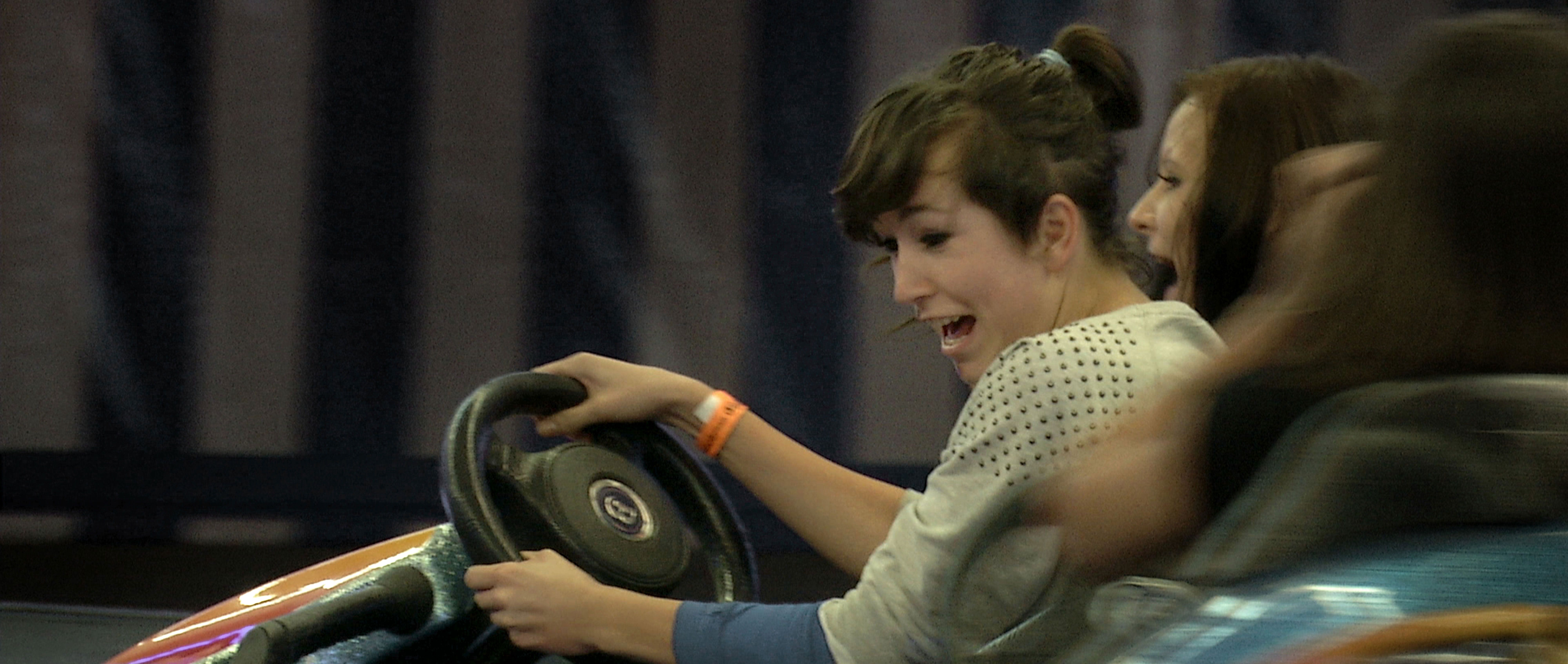:
Ein Dorf in der Geschichte
Back
Information
The project Ein Dorf in der Geschichte (A Village in History) explored the question of how the major historical developments of the 20th century were reflected in the smaller to smallest units of social life. The project consisted of four film and discussion events in four towns in Lower Austria (Erlauf, Golling, Melk, and St. Pölten) on four dates (May, June, October, and November). The starting point was the town of Erlauf, or the project Erlauf erinnert to be more precise, which since 1995 has provided a platform for a large number of art projects reflecting artistically and discursively on the encounter between two generals, one Soviet and one American, on May 8, 1945, and its significance today. Another aspect that was also interesting for this project was the specific situation relating to this type of approach in general—in other words, the fact that the desire for and actual realization of cultural programs such as these often does not arise from the villages or small towns themselves, but are in a way handed to them.
In the run-up to this project, I read an article written by Jörg Skriebeleit, who writes about an occurrence that called his attention to this. Six months after the opening of Museum ERLAUF ERINNERT, during a presentation about planned artistic projects, he heard very critical statements by town representatives who questioned the approach of art and the museum regarding the culture of remembrance. According to Skriebeleit, these representatives did not doubt the necessity of remembrance as such; rather, they questioned whether it was necessary for such a comparatively small town and the historical event that took place there to attract attention to itself, even expose itself, beyond the region’s borders through artistic interventions: “If the opinion of the public and their government representatives expressed on that November evening in 2015 was any indication, then the museum and the art were beginning to test the limits of what they could take. [...] The trouble brewing in Erlauf—and this became increasingly obvious on that November evening in 2015—seems not only related to art and art education; it also seems related to history and how it is conveyed. It has to do with art and the new museum, but fundamentally it is about how this small town sees itself and how it wants to be seen.”[1] The four film events were therefore not primarily meant to visualize where “grand” history can be found in these “small” places, but rather to encourage people to come together and reflect on the image of these small towns and how they see themselves by initiating a conversation between the film, the audience, and special guests. Not only were the films and their images meant to be experienced visually, and not only was a single history meant to be discovered in this or that town or film; what the audience was supposed to experience visually was the overlapping and intersecting of histories and stories—in other words, history as strata—and in this way reach a place where the feeling of being “imposed upon,” of something being forced on the community from the outside could make room for a shared reflection, a shared process of working with images.
The films shown were Edgar Reitz’s Stunde Null (Zero Hour) (1977) in Erlauf, Egon Humer’s Postadresse: 2640 Schlöglmühl (1990) in Golling, Sebastian Brameshuber’s Und in der Mitte, da sind wir (2014) in Melk, and a selection of amateur films from the Austrian Film Museum and NÖ privat, shown in the Haus der Geschichte (House of History) in St. Pölten. These films were much more than just cues for discussion and images that introduced themes, such as the period after the war in Erlauf, the changes in Golling after the closure of the HITIAG factory, the concentration camp in Melk and its visibility—themes that immediately made audiences forget the images right after watching them. Rather, the films were formations of history, remembrance that had taken a form—formations that could be worked on together, that must be reacted to politically, aesthetically, intellectually, and emotionally in order to explain one’s own image of history, to feel validated, or to articulate an opposing opinion. In Erlauf, for example, an older man who had experienced the time right after the war in Erlauf commented on how the film Stunde Null had precisely captured the difficult-to-describe feeling of tension that people felt while waiting for the Soviet occupiers. By sharing this comment, he contributed his own images to the pictures in the film, some of which were similar and some of which were very different. In Golling, former Mayor Fischer, who had been in office when the HITIAG factory closed, said that the sadness and hopelessness that Postadresse: 2640 Schlöglmühlevoked were in no way exaggerations of the misery, but had rather captured exactly what happens in a town when all its residents lose their jobs at the same time. In Melk, the film Und in der Mitte, da sind wir served as a starting point for the film director Sebastian Brameshuber and a group of Melk secondary school students to create a small cinematic work especially for the project. Brameshuber’s film was a constant reference for the student project in that it addressed what traces the former concentration camp in Ebensee can be found in the lives and reality of young people today. Also, the images the students had seen in the film describe a condition that they themselves could not adequately express in words and that could be described as “the presence of something almost invisible.”
The films in this project acted as bridges—bridges between history and the towns, between the filmmakers and the audience, and between one’s own images and those of others. Screening the movies required some effort. In Erlauf, a room in the museum had to be darkened and equipped with a sound system. In Melk, a computer projector and other technical equipment were borrowed from the local secondary school’s carpentry workshop and installed in the school library. As for St. Pölten, a cinema was available there for our screening. In Golling, the film was shown in what used to be the town’s cinema but is now a community hall. Because the old projectors could not be repaired, a new screen and a 16mm projector with a sound system were installed in the old cinema with the help of the cinema technician Markus Zöchling. Based on the experiences I gained from the project, I can say that something is lost when we no longer have a place for people to gather in groups, large or small, to watch fllms, discuss them, and use them as a basis or as a contrast for developing an idea of history. Perhaps the project was therefore able to contribute something to the creation of a new kind of relationship between the town and history and to the recognition that they are intertwined. Believing this means the next logical step would be to realize what social potential can be found in the experience of collectively watching a film in the cinema. Watching films together means negotiating images—one’s own images, the images of others, and the images of history and remembrance—and working together to give these images a form.
[1] Jörg Skriebeleit (2016), “Trouble in the Community of Peace” in ERLAUF ERINNERT. Contemporary History, Commemorative Culture, and Public Art, ed. Katharina Blaas-Pratscher et al. (Innsbruck/Vienna/Bozen: StudienVerlag, 2016), 86–105, 94.
Contributors
- Kuration
Images (3)



